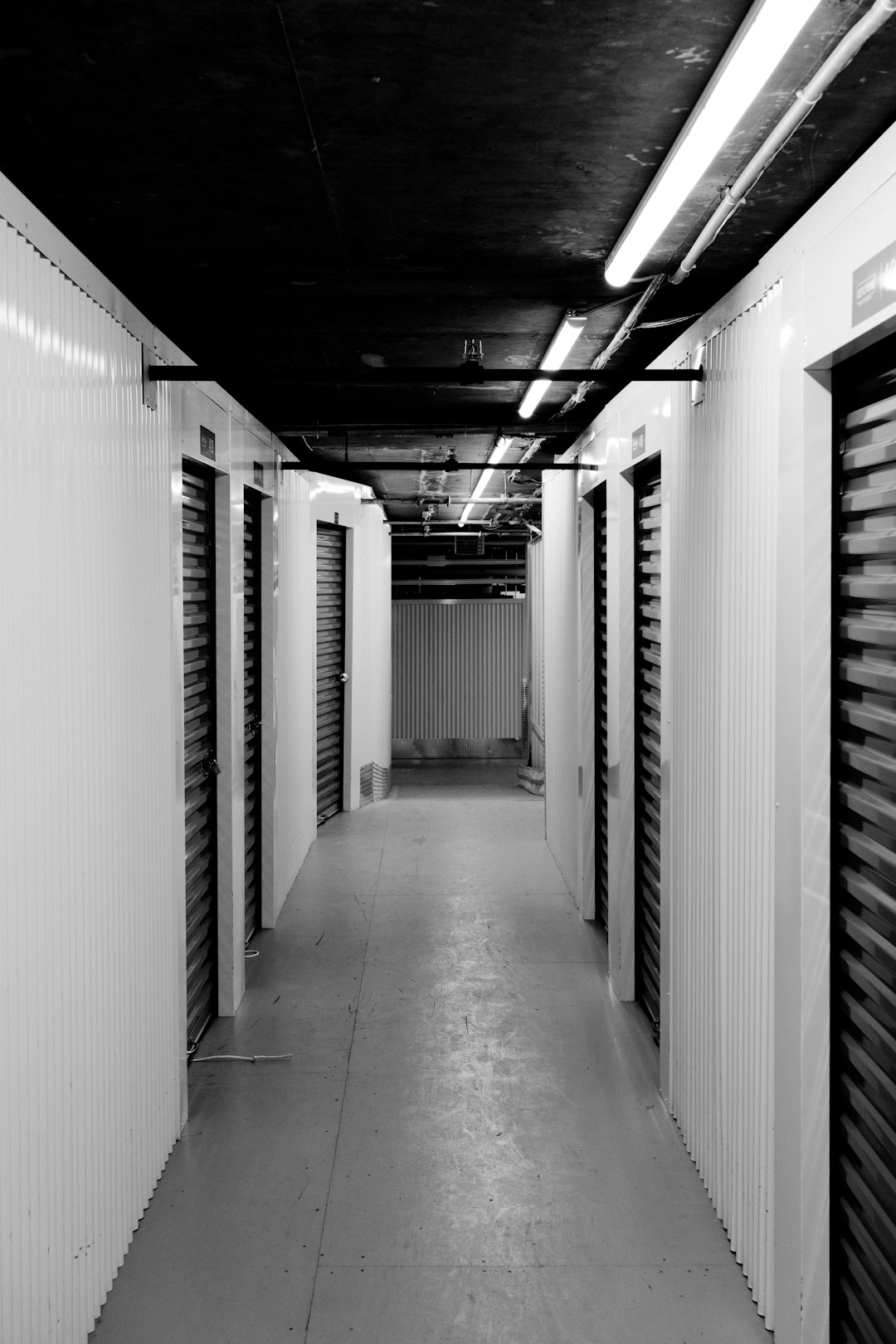In today’s digital-first business environment, data is the cornerstone of strategic decision-making. Companies are collecting more data than ever before—customer interactions, product usage, transaction history, and more. But collecting data is only half the battle. Knowing how to store, manage, and activate that data effectively is what separates leaders from laggards. Two popular approaches have emerged in the pursuit of data intelligence: the Customer Data Platform (CDP) and the Data Warehouse. Choosing between the two—or determining how they might work together—is crucial for building a strong, scalable data infrastructure.
Understanding CDPs and Data Warehouses
Before diving into a comparison, it’s important to understand what each system is and what it was built to do.
What Is a Customer Data Platform (CDP)?
A CDP is a type of software designed specifically for marketing and customer experience teams. It collects data from multiple sources—such as websites, apps, CRMs, and customer service tools—and consolidates it into a unified customer profile. These profiles are then made accessible across various business systems to drive personalized engagement.
Key characteristics of a CDP include:
- Real-time data ingestion: CDPs continually ingest data across multiple online and offline channels.
- Customer-centric design: The platform is always focused on individuals, helping businesses build 360-degree profiles.
- Built-in activation tools: Many CDPs offer features to segment customers and deliver insights directly to marketing platforms.
What Is a Data Warehouse?
A data warehouse, by contrast, is a centralized repository designed to store structured data at scale for analytical purposes. Typically managed by data engineering or IT teams, data warehouses integrate massive datasets and are optimized for running complex queries and reporting tasks.
Core features of a data warehouse include:
- Large-scale data storage: Ideal for aggregating data from multiple business domains, not just customer data.
- Structured schemas: Data is organized in a way that facilitates reporting and analytics.
- SQL compatibility: Analysts can use SQL to explore and analyze data with flexibility and depth.

Use Cases: Where CDPs and Data Warehouses Shine
While both systems manage data, their real-world uses differ markedly. Understanding these differences helps define where each system adds the most value.
Ideal Scenarios for CDPs
CDPs are best suited for driving customer-facing applications and initiatives. If your goal is to improve personalization in your marketing campaigns, optimize behavioral targeting, or synchronize customer journeys across platforms, a CDP may be the more effective solution.
Some use cases that benefit from a CDP include:
- Personalized email campaigns based on real-time browsing behavior
- Consistent cross-device experiences for consumers
- Audience segmentation without heavy reliance on data engineers
Ideal Scenarios for Data Warehouses
Data warehouses excel at supporting business intelligence and strategic planning. If you need a reliable, centralized source of truth for data analysts across departments—from finance to operations to product development—a warehouse is indispensable.
Common use cases for data warehouses include:
- Revenue forecasting based on historic sales trends
- Cohort analysis to track product usage over time
- Performance dashboards for executive decision-making
Key Differences: CDPs vs Data Warehouses
Although they may appear to serve similar purposes, CDPs and data warehouses diverge significantly in construction, accessibility, and functionality.
| Feature | CDP | Data Warehouse |
|---|---|---|
| Primary User | Marketing & CX teams | Data analysts & engineers |
| Data Type | Customer-centric, semi-structured | Structured, multi-domain |
| Data Accessibility | Real-time, user-friendly | Batch-processed, technical |
| Purpose | Customer engagement & personalization | Analytics, reporting, and strategy |
| Activation | Yes (marketing-ready integrations) | No (requires separate tools) |
Should You Choose One or Both?
This often isn’t a binary choice. More and more companies are using a combined approach—leveraging the strengths of both platforms to manage and activate data appropriately.
When to choose a CDP only:
- Your focus is on customer experience and personalization
- You lack technical resources and need marketer-friendly tools
- You don’t require heavy data analysis from other departments
When to choose a Data Warehouse only:
- You already have a skilled data team in place
- Your business needs deep analytics across multiple domains
- You rely more on internal insights than marketing activations
When to employ both:
- You want marketers to activate customer data in real-time
- You need a central repository for full-funnel analytics
- You desire strong governance and compliance on customer data
Integration Strategies: Making Them Work Together
While a CDP focuses on accessibility and real-time use, the warehouse provides scalability and analytical power. Integrating the two involves syncing data flows across these platforms.
Step-by-step strategy for integration:
- Centralize storage in the warehouse: Treat your data warehouse as the single source of truth where all raw, processed data resides.
- Use the CDP for activation: Pull relevant customer data from the warehouse into the CDP to drive insights and engagement strategies.
- Establish reverse ETL pipelines: Use modern data tools to extract enriched data from the warehouse and push it into tools used by marketing or customer support.
Modern composable CDP solutions are capable of reading from pre-existing data warehouse infrastructure, allowing you to deliver a seamless experience without making a full switch or duplicating data storage.
Data Privacy and Compliance Considerations
With rising concerns about data security and customer consent, both CDPs and warehouses must comply with evolving regulations such as GDPR and CCPA. While CDPs typically include built-in consent and preference managers, data warehouses offer broader governance capabilities through custom-built policies and access controls.
Organizations with strict governance requirements may lean toward data warehouses, while those looking for out-of-the-box compliance tools might find CDPs more aligned with their needs.
Conclusion: Choose Wisely, Build Strategically
The decision between a CDP and a data warehouse is not merely one of technology—it’s about aligning your data strategy with your business goals. CDPs excel at empowering marketers and enhancing the customer journey through real-time interactions, while data warehouses provide a durable foundation for analysis, forecasting, and long-term planning.
Ultimately, the best choice may lie in a hybrid approach, where each system plays to its strength. By understanding how CDPs and data warehouses can complement one another, organizations can create a powerful, unified data hub that serves every department—from marketing to leadership—with speed, scale, and confidence.
